Improving mobility isn’t just about stretching or strength training—what you eat plays a crucial role too. Chronic inflammation, joint stiffness, and muscle recovery are all influenced by nutrition. A strategic weekly meal prep plan can support joint health, reduce inflammation, and enhance physical function, making movement easier and more comfortable.
This evidence-based guide provides actionable steps to align your diet with mobility goals, complete with weekly progress checks to track improvements in flexibility, strength, and daily movement.
Mobility—the ability to move freely and without pain—depends on the health of your muscles, joints, tendons, and connective tissues. Poor diet can contribute to systemic inflammation, oxidative stress, and reduced tissue repair, all of which impair mobility over time.
Research shows that diets rich in antioxidants, omega-3 fatty acids, and high-quality protein support joint lubrication, reduce inflammatory markers like CRP (C-reactive protein), and promote muscle synthesis—key factors in maintaining and improving mobility, especially as we age.
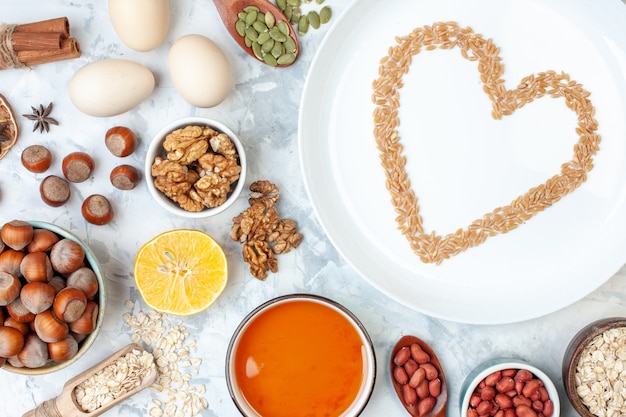
Focus on anti-inflammatory foods to support joint and muscle health.
Meal prepping gives you control over ingredients, portion sizes, and nutrient timing—critical for consistent results. Follow this science-backed weekly plan to fuel better movement.
Chronic low-grade inflammation is linked to joint pain and stiffness. Incorporate these evidence-supported foods:
Protein is essential for maintaining muscle mass and repairing connective tissues. Aim for 1.2–1.6 grams of protein per kilogram of body weight daily, distributed across meals.
Include high-quality sources like:
Collagen peptides (10–15g daily) may support tendon and ligament strength, especially when paired with vitamin C-rich foods like bell peppers or citrus.
Dehydration can lead to reduced joint lubrication and muscle cramps. Aim for at least 8 cups (2 liters) of fluids daily, more if active.
Key micronutrients for mobility:
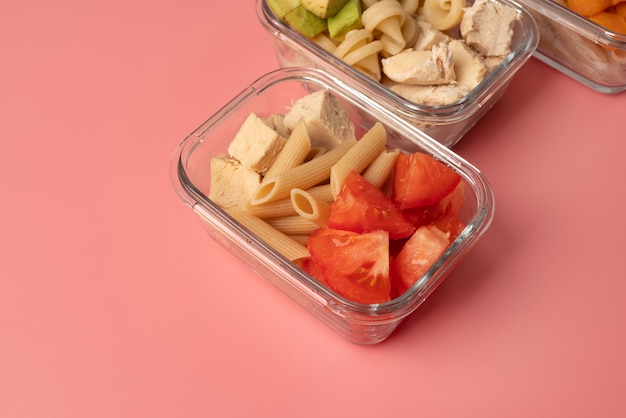
Prepare balanced meals in advance to stay on track.
Here’s how to structure your week:
Nutrition changes take time. Use these simple assessments every 7 days:
Note improvements weekly. Even small gains indicate your diet is working.
Improving mobility is a holistic effort. While exercise is essential, nutrition is the foundation that supports tissue health, reduces inflammation, and enhances recovery. By committing to a weekly meal prep plan focused on anti-inflammatory, nutrient-dense foods, you empower your body to move better, feel stronger, and age with greater ease.
Start small—prep three meals this week—and build consistency. Your future self will thank you.

Wellness

Wellness

Wellness

Wellness

Health
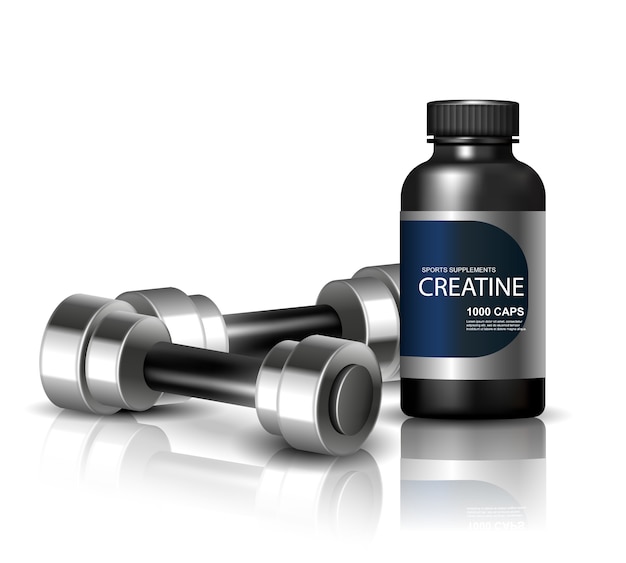
Wellness
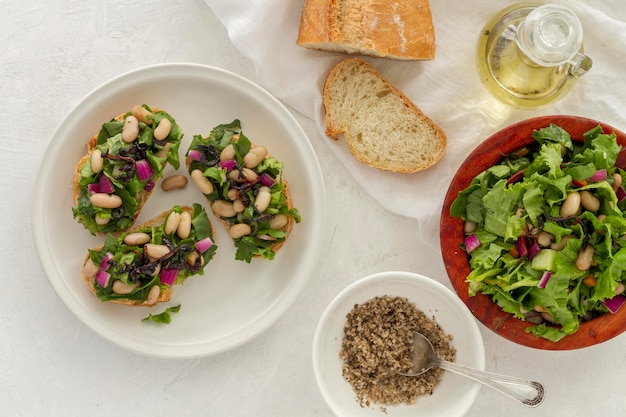
Health
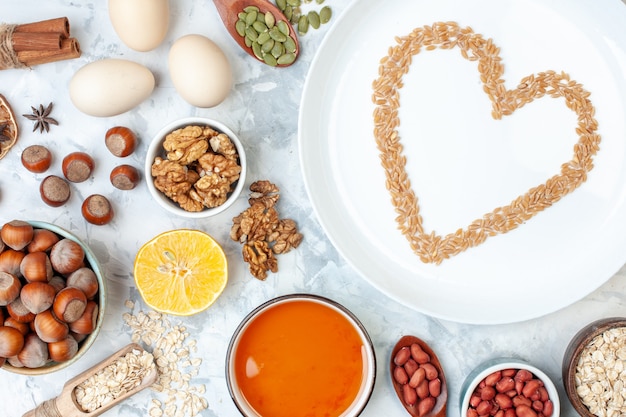
Health

Fitness
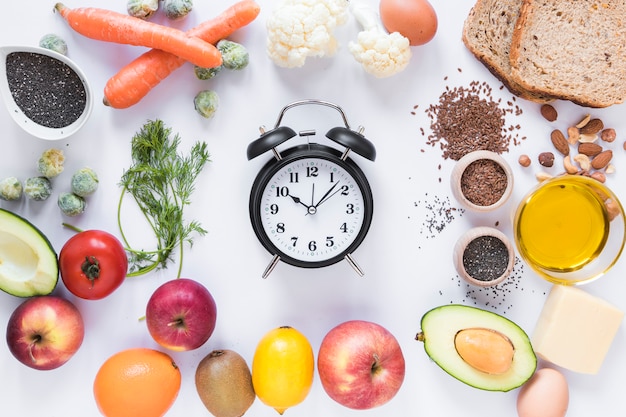
Health

Fitness

Wellness

Health

Fitness

Health

Health